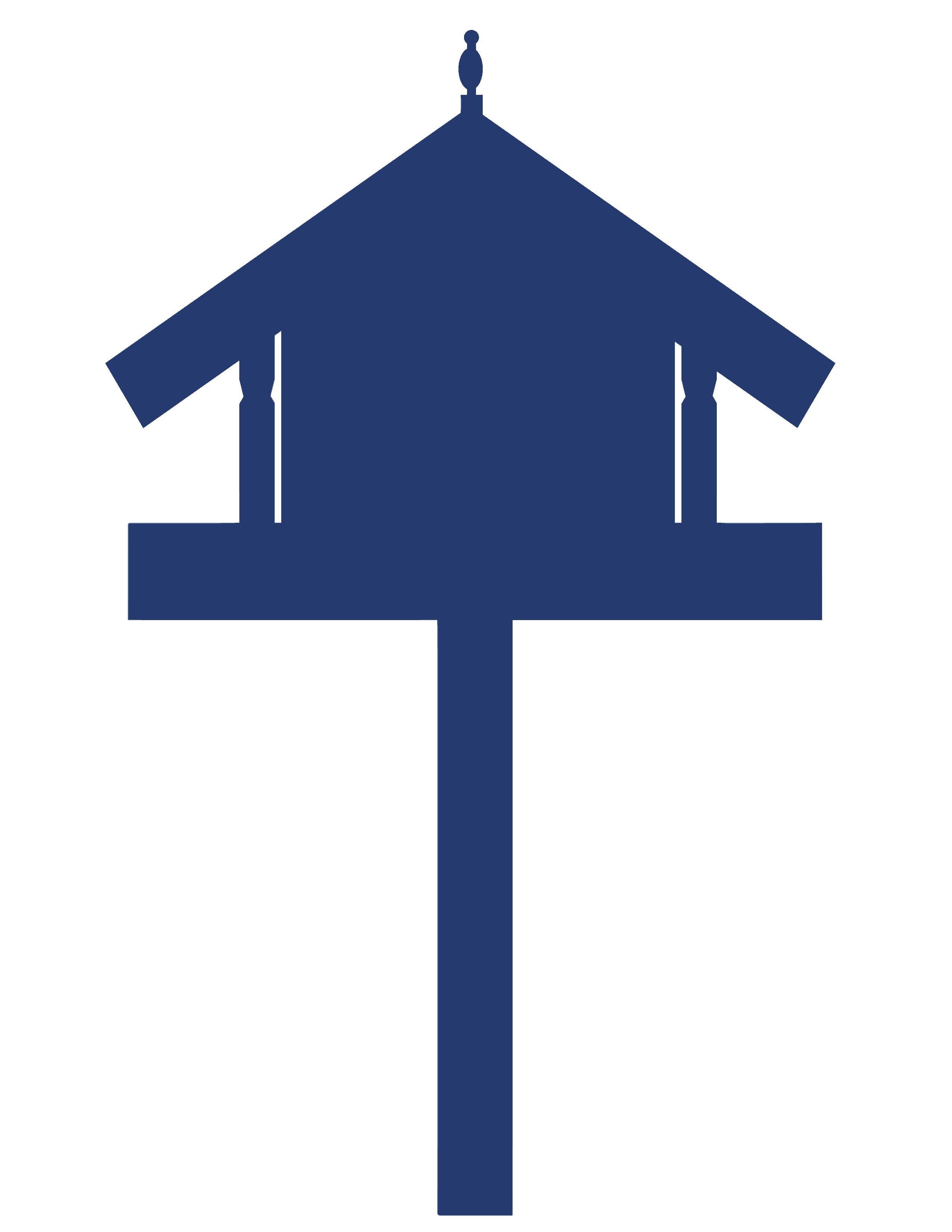Middle shopping activities
The purpose of this resource is to provide suggestions to whānau about how they can facilitate maths conversations while shopping.

About this resource
This resource provides some ideas for how you can raise awareness and share mathematics using everyday experiences and resources found around your home. It includes ideas for supporting your children’s learning in all areas of mathematics: geometry, measurement, statistics, algebra, and numbers, along with suggestions of how to facilitate conversations about maths at home or while shopping.
Middle shopping activities
For children in the middle primary years, the ability to apply their new mental strategies for solving problems is very important. The practice of using maths in everyday contexts will help them become mathematical thinkers as they start to look for opportunities to figure things out for real reasons but also just for fun.
Money
While solving money problems requires a child to work with decimals, and this may be too difficult, one money problem that is easily done at this level is comparison shopping. The ability to compare two amounts and use place value knowledge to know that you compare the dollars first and then the cents is an important skill. Another skill is estimation, so you can round a price to the nearest dollar and ask them to figure out how much for several items. This helps with timetable practice.
- Which package is more expensive: $2.45 or $2.75? How do you know?
- We need a kilo of cheese. Which cheese block is the best deal this week?
- Well, if we can get 3 cans for $4, how much will 9 cans be?
- This cereal is $4.50; that’s 4 and a half dollars. How much will 2 of them be?
Measurement
Comparison of weights and volume provides practice and helps a child begin to build up the experience that will help with estimation.
- So if these potatoes are 5 kg, how much do you think this watermelon is?
- This box of cereal looks bigger than this one. Do they weigh the same or different? What’s the difference?
- How many litres are in the big orange juice bottle? Is that cheaper than buying 1 litre boxes?

Solving Problems
- How many eggs are in a 3 dozen? How do you figure that out?
- How much yoghurt do you actually get in a 6 pack? How much is in the big container?
- If you unrolled the whole roll of cling wrap, approximately how far would it stretch?
- If we spend $180 for a week’s groceries, about how much per day do we spend on food?
- Look at the receipt; what part of our food bill is the most expensive?

The quality of the images on this page may vary depending on the device you are using.


